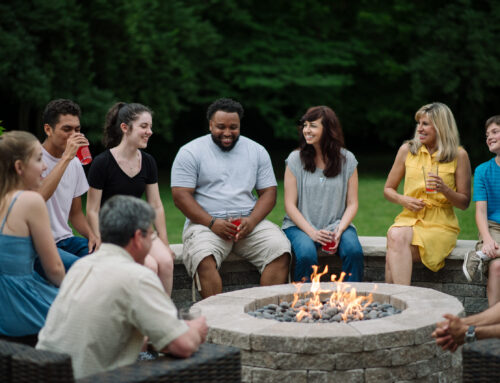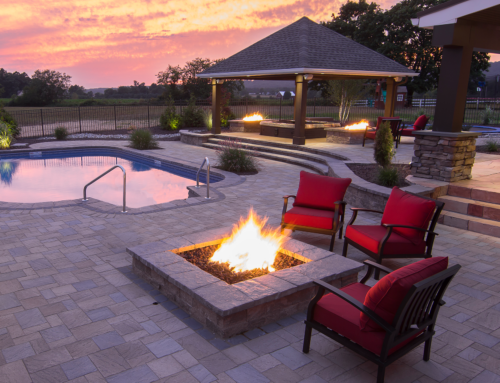Knowing Your Source Of Fuel
Natural Gas and Propane Fueled Fire Features
HPC Fire Inspired is a true leader in the fire feature industry. HPC is truly dedicated to the innovation of technology that produces diverse, safe, and quality product lines which enhance consumers’ experiences. This is evident by the many accolades that HPC has received within the industry for being the first to offer CSA Certified Outdoor Fireplace burner inserts, CSA certified fire on water, as well as CSA Certified Ready to Finish small tank kits. HPC also lead the industry by offering electronic ignition (EI), developing thermocouple sensing with an EI control module, as well as creating the SmartArc Tiki Torch, and offering a patented Penta Burner using less gas while providing a greater flame.
HPC offers the broadest outdoor product line selections and has over 400 CSA-certified propane and natural gas outdoor models. In addition, HPC Fire Inspired provides a variety of customizations to all fire appliances that will leave you with a truly unique design that elevates your outdoor area.
When selecting your fire feature it is imperative for you to know your source of fuel. This Tech Talk will discuss what you can expect as a consumer when purchasing a natural gas or propane (LP) gas unit. In addition, the article will focus on providing education around both natural gas and propane fuel sources. In turn, this will aid consumers in streamlining their selection process helping focus on what is most important in terms of cost, intended use, maintenance, safety, and efficiency.
Natural Gas and Propane Gas:
Gas fire pits offer many advantages as they are easy to use, require less maintenance and burn cleaner than wood-burning fire features. While natural gas and propane units offer ease of use there are nuances that the HPC team would like to highlight. It is imperative that the correct gas is utilized for the selected fire feature. For example, if you order a fire feature that is outfitted for natural gas but hook the unit up to propane you will see a very high output on your flame. In addition, if you hook a tooled propane fire appliance to natural gas there will be a very low flame. Both of these circumstances can lead to safety issues and can be easily prevented. Proper installation is also critical to ensure optimal use. Following installation instructions will ensure safe and proper functioning. Refer to the HPC Fire Inspired appliances in the smart BILT APP interactive 3D instruction and troubleshooting guide, which provides step-by-step instructions for proper use and installation. HPC promotes transparency with all its product lines. One of the ways the team has aided consumers in maintaining their units is the development of the official burn time in the optional high/low HPC Bluetooth APP. This allows consumers to readily access how many total hours their appliance has been utilized. In turn, calculating potential gas consumption will give consumers insight into the cost to operate both propane and natural gas fire features.
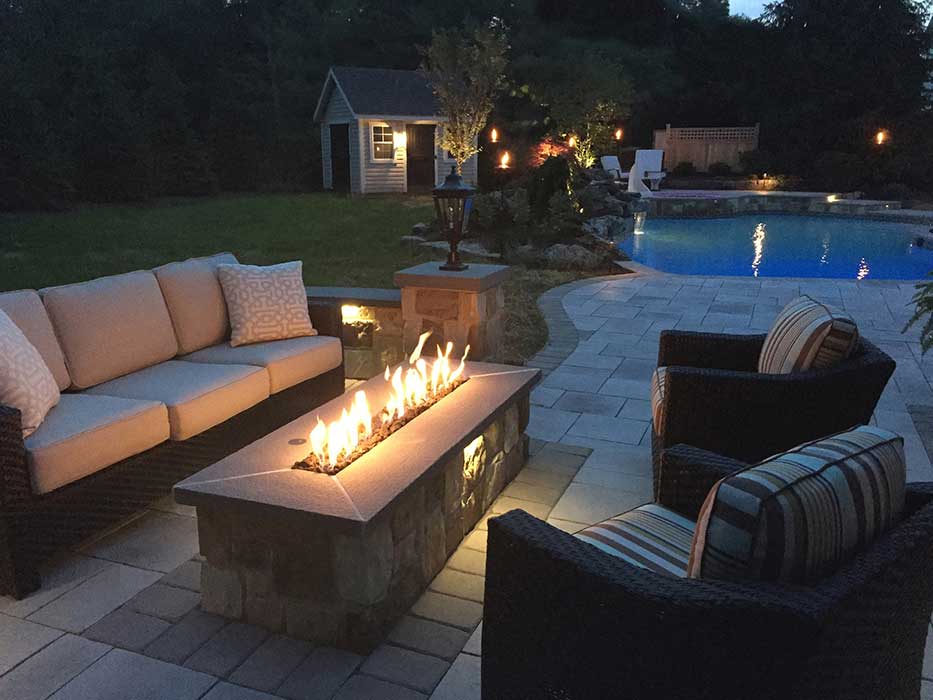
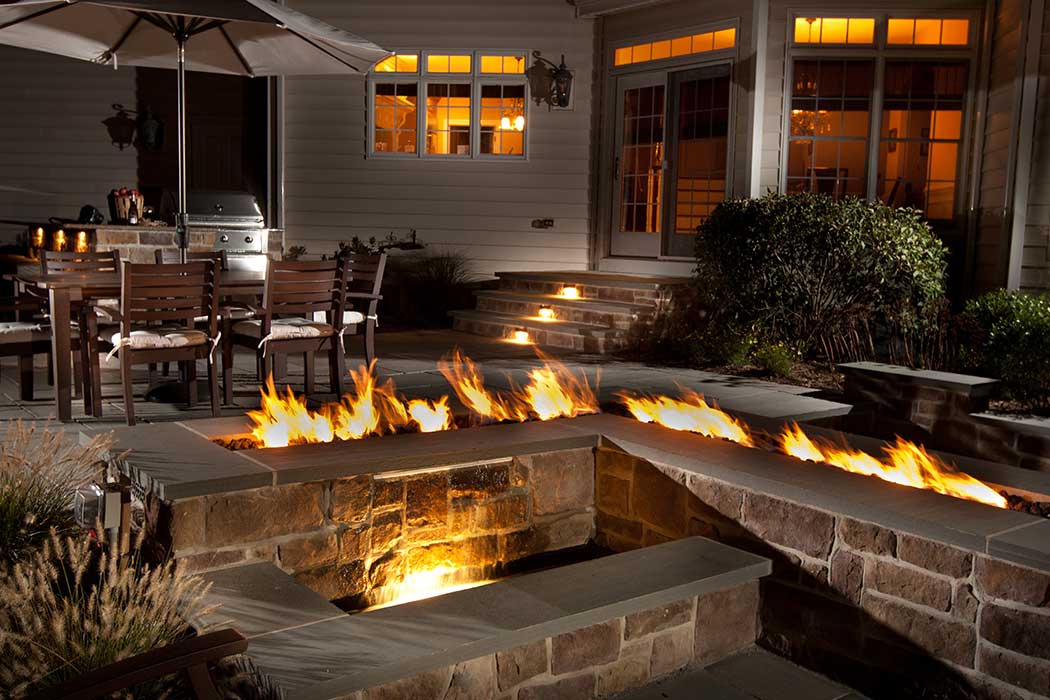
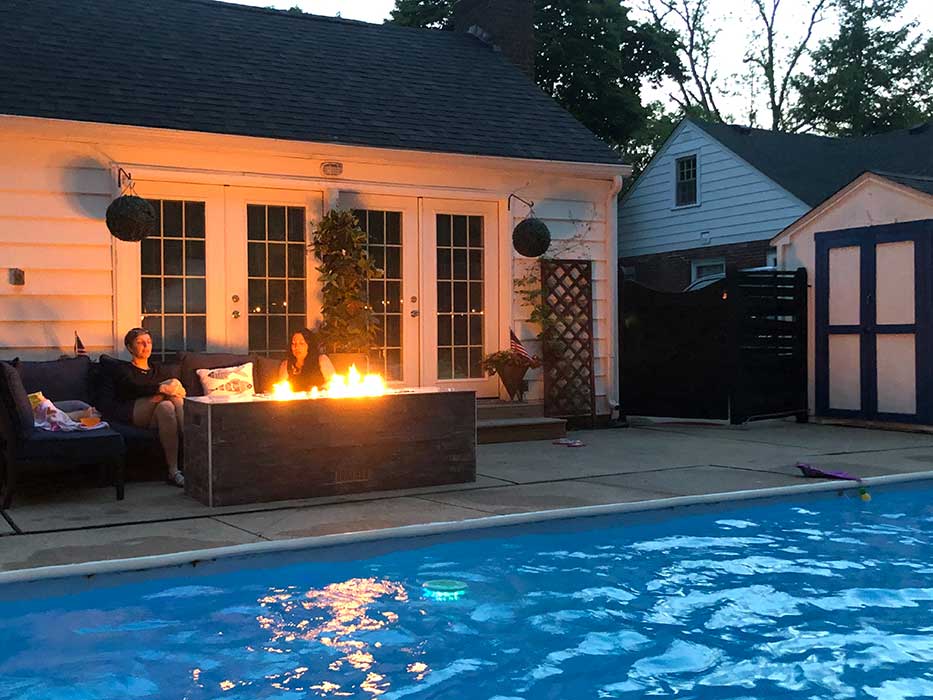
Natural gas burns cleaner as there are fewer carbon molecules in this fuel source. The gas is lighter than air so it dissipates faster and due to this, natural gas features do not require an air mixer. Natural gas appliances require permanent infrastructure; however, once the infrastructure for natural gas is set up it easily accessible and cost-efficient. Natural gas is charged by thermal units or by cubic feet. Gas consumption can be figured out with a simple formula; 1 Therm equals 100,000 BTU or 10 cubic feet of natural gas. For the purposes of the example let’s say that your fire feature can input 400,000 BTU. This means that the unit would consume approximately 4 Therms per hour. To figure out the potential cost you can review your energy statement to confirm the price per Therm. For this purpose, let’s say that the cost of using 1 Therm is approximately $2. Therefore, a 400,000 unit would cost approximately $8 per hour to use.
Propane Gas (LP) delivers more BTUs for your dollar. The Propane flame appears more orange in color because there is a higher concentration of carbon molecules. In turn, over the course of time propane will cause soot build-up on the fire feature media. Therefore, it is necessary for an air mixer in propane units to increase airflow and requires cleaning of media to remove soot build-up. The best way to clean the media in the fire pit is to remove the media and then cleaning the media in a bucket filled with soapy water. Propane offers the option of portability. For example, HPC offers a Ready to Finish (RTF) option with the possibility of building the unit in as a permanent structure utilizing a stub out for LP or simply sitting it on top of existing pavers hiding the propane tank inside the unit. Another great example is the HPC Fire Inspired Sport pit. This pit is great for camping or tailgating as it is portable and offers a flame rectification system that provides a safety feature that senses the flame and will turn off the valve if the flame is blown out. Propane consumption can be calculated using this basic formula; in 1 Gallon of LP there are approximately 91,502 BTU. For example, you selected a unit that has 90,000 BTU input. You would take 91,502 divided that by 90,000. That gives an approximate 1.01, so basically 1 hour of burn time per 1 gallon of LP. A 20lb BBQ portable propane tank will have just over 5 gallons of liquid propane. So at a HPC propane appliance with an input of 90,000 BTUs will give approximately 5 hours of burn time. At $3.35 per gallon will cost you about $3.35 per hour. Keep in mind pricing fluctuates up/down daily.
Overall, both fuel sources provide benefits. At the end of the day, you have to weigh which fuel source fits your lifestyle best considering how much infrastructure would need to be implemented to obtain either fuel and be clear about your intended use. Considering these factors will lead you to your best option.
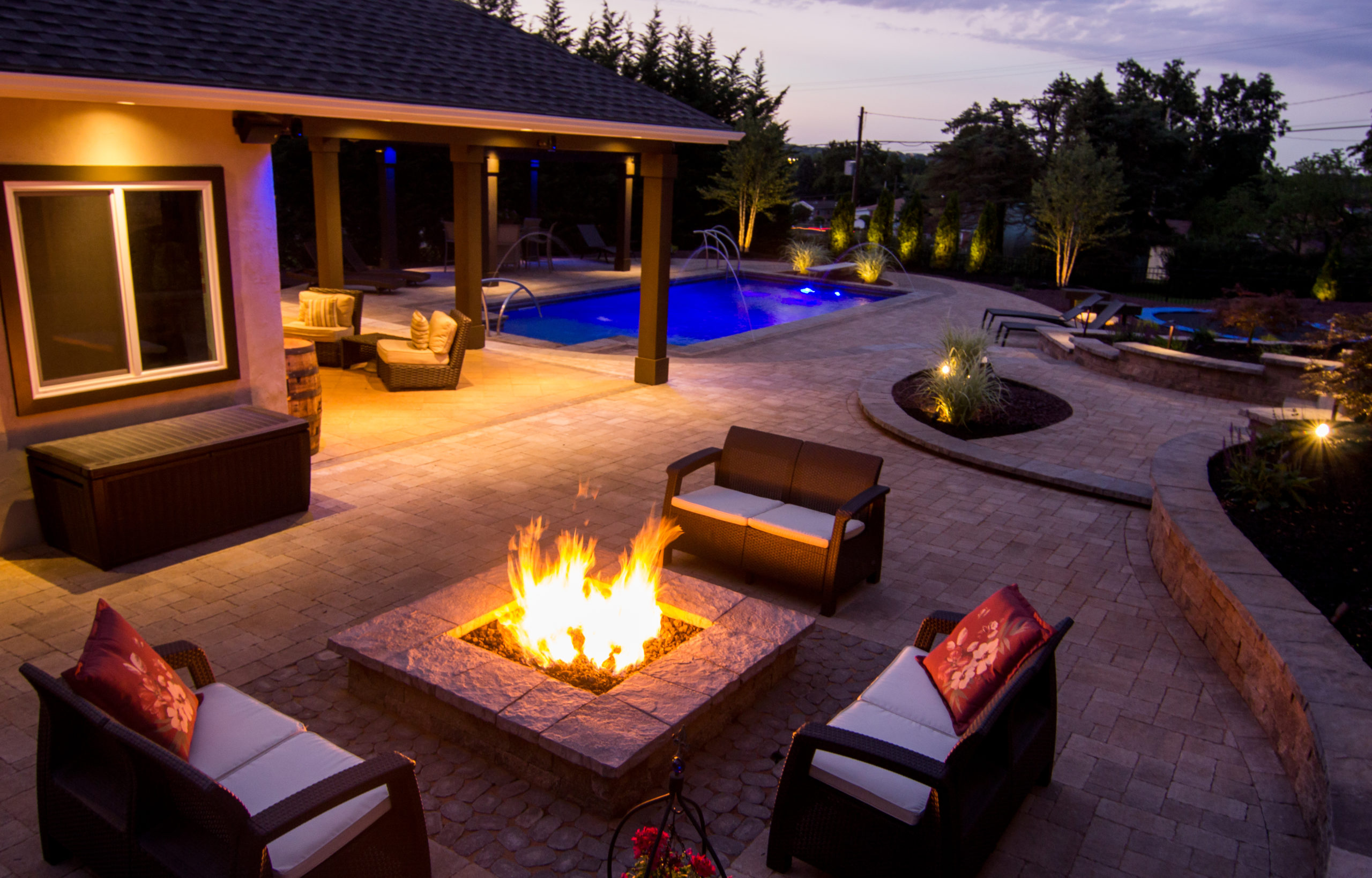
HPC Responds To Industry Issues:
As discussed there are clear safety issues with incorrect gas connections. HPC has recognized that there is a real issue when misinformed consumers or installers order the incorrect gas appliance for the available fuel type at the installation site. In turn, HPC has developed new technology to address this very issue and is set to launch as early as 2022. HPC’s Universal Gas Orifice (UGO) Technology will be tooled to convert from either natural to propane gas or vice versa. For their advancements in this technology, HPC was awarded the Fire Industry’s coveted VESTA award.
Customer Service:
As always HPC prides itself on the service of our consumers through the development of quality and safe products, providing education and accessibility to HPC Fire Feature Experts. Have any questions or concerns, contact Chuck Parsons and our NFI Certified Tech Team at 937-436-9800. HPC is always striving to raise the standards for the industry by breaking trends; trends fade but HPC’s mark will last forever.

